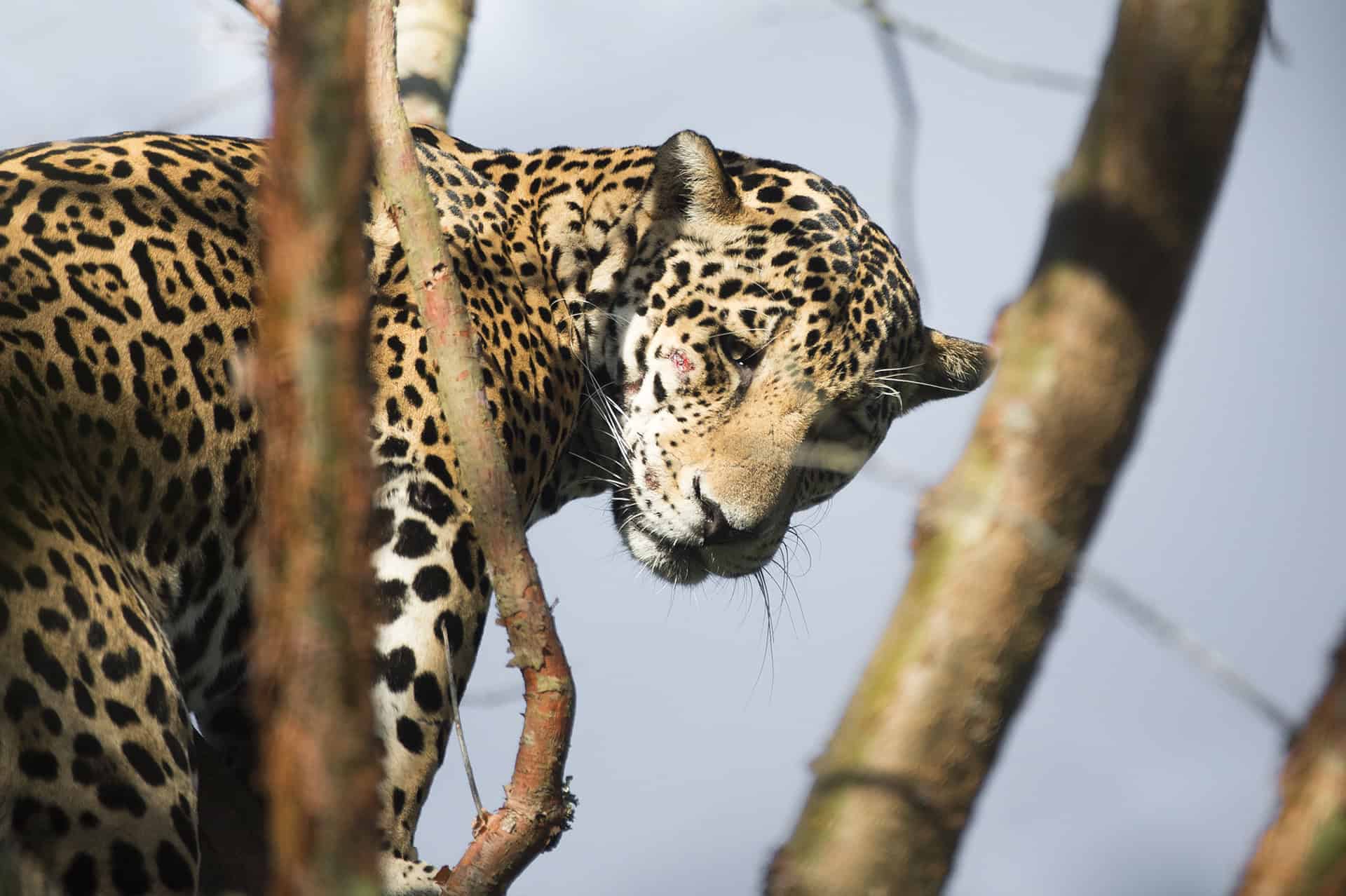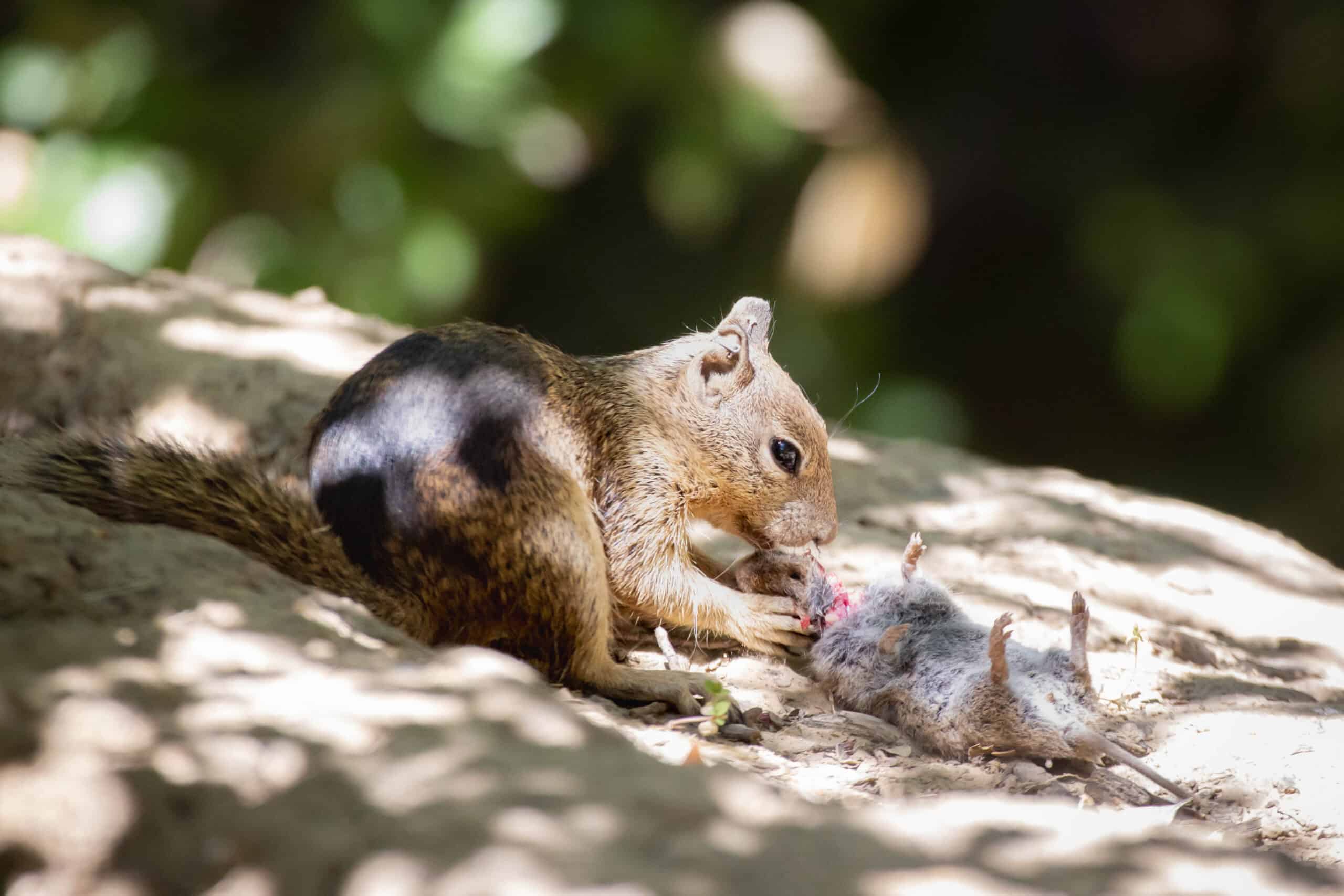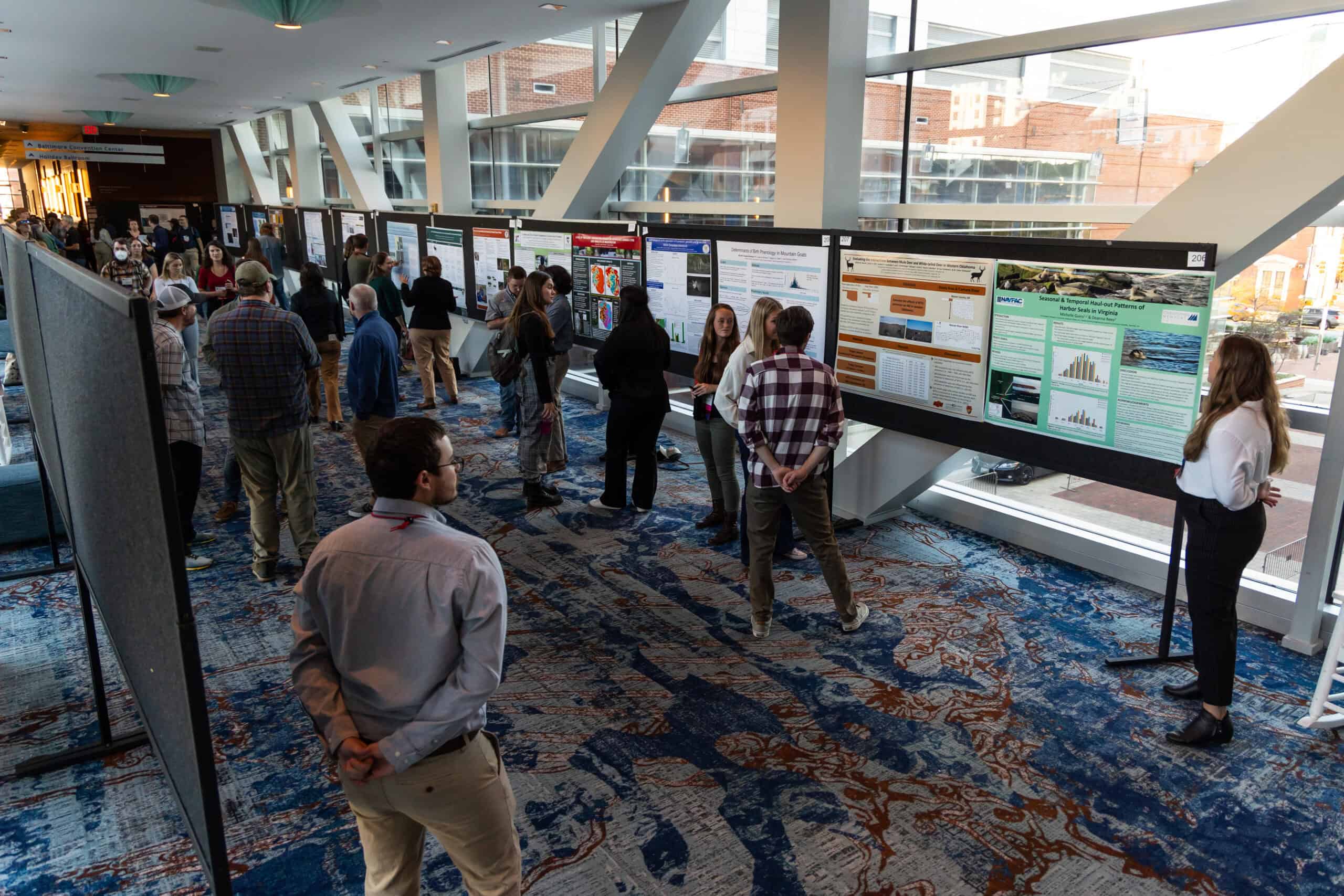Share this article
Extreme weather creates growing problems for wildlife
When biologists think about climate change, they tend to look at slow, long-term changes that affect wildlife. What’s happening to alpine species as temperatures rise, or Arctic mammals as polar ice melts, or tropical birds as islands submerge? But these questions are only part of the puzzle. As climate change creates more and more extreme weather events, sudden changes are having a growing impact on wildlife, too.
“Extreme events are impacting species across the world,” said Sean Maxwell, a postdoctoral researcher in the Green Fire Research Group at the University of Queensland in Australia and lead author of a study on extreme weather and wildlife in Diversity and Distributions. “These impacts are widespread, and in some cases, quite dramatic.”
Maxwell and his team reviewed 519 studies of ecological responses to extreme events between 1941 and 2015. Their research included studies of amphibians, birds, fish, invertebrates, mammals, plants and reptiles and how they responded to a range of events, including cold waves, heat waves, droughts, floods and hurricanes.
Researchers looked at impacts around the world, including floods that wiped out desert rodent populations in Arizona and prolonged droughts that affected amphibians in Yellowstone National Park and caused declines in the remaining population of Hawaii’s endangered honeycreeper the palila (Loxioides bailleui).
Most responses were negative, the researchers found, including over 100 cases of significant population decline and 31 cases of local extirpation. Birds, they found were most affected by hurricanes. Mammals and amphibians were more likely to be affected by drought.=
In many cases, the declines were temporary. Species rebounded after a few years, although often, it was invasive species that successfully returned. Maxwell said he worries that species will have more difficulty recovering, though, if extreme events become more common.
“The sequoia in the U.S. is a good example of that,” he said. “These groves of sequoia trees are virtually indestructible. They’ve got everything going for them. Whereas in the previous 200, 300 years, only a few individuals have fallen, now with extended periods of drought, you’re seeing many individuals die off. Although they’ve got coping mechanisms, they’re not quite good enough to deal with these more extreme, more intense droughts.”
The most surprising examples were the more nuanced ones, Maxwell said. Hurricanes in Belize shifted social organizations of black howler monkeys (Alouatta caraya) as groups took on new members. Drought in Africa caused lions (Panthera leo) to die off from diseases they seemed to otherwise tolerate.
Although these events are becoming more frequent, he said, managers can help mitigate them.
“We think it’s possible to identify these species that are most vulnerable to extreme events and provide some actions in order to help those most vulnerable species,” he said. “It is all about just knowing your system, understanding what kind of state it’s in, whether you can retain intact areas or whether you need to focus on restoration of landscapes and seascapes and bring them back for the species that you’re interested in.”
Header Image: Prolonged drought has led to declines of Hawaii’s palila, an endangered honeycreeper. ©Bettina Arrigoni








